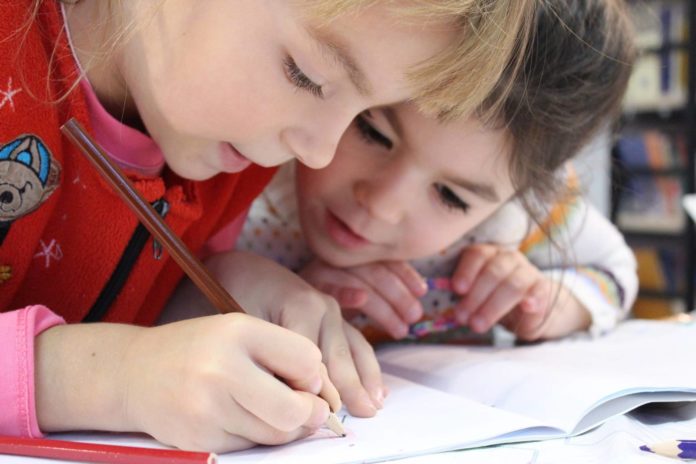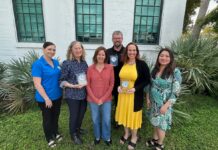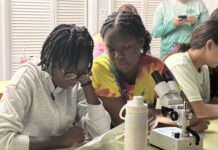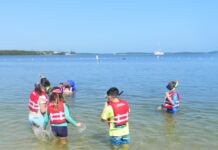No matter what else we’re facing, the world keeps turning. Falling poinciana flowers keep staining car roofs. Eyes turn a bit more often to weather reports, just in case something is brewing in the Atlantic, Gulf or off the African coast.
And yes, kids will be going back to school. But where, and how?
Those very questions are keeping school committees, principals and other school stakeholders very, very busy these days, not to mention parents.
The Monroe County School District has admirably come up with guidelines to cover many different scenarios. That, of course, is a very good thing, because who knows what shape we’ll be in by the time I, say, get to the bottom of this page?
As those guidelines are easily accessible, I thought I’d look at things from a different angle — that of the American Academy of Pediatrics (AAP), which summarized some things to consider in a recent statement, “COVID-19 Planning Considerations: Guidance for School Re-entry.”
Now, many of us read, especially these days when there isn’t much else to do. Most of us know about many of the medical consequences of COVID-19, as well as what we might be giving up when we take whatever precautions are recommended or mandated. At this point, with so much changing so quickly, perhaps the best use of this space is to explore some of the issues — both pro and con — and maybe come up with a few options that might not have been considered.
The AAP is decidedly “pro” school opening if (yes, I know, big IF) it can be done safely. The academy points to the losses in learning seen across the board since the mandated school closures. It also cites all the other important, but often overlooked, functions that school provides: development of social skills, physical activity and nutrition as well as acting as an alert system for mental health and home problems.
Cons? The big one is the inability to know our youngest patients’ degree of susceptibility to COVID-19 and what their role is in spreading it. The AAP does point to some evidence that kids are less likely to contract infection, less likely to get sick when they do, and seem to play a fairly minimal role in spreading it to others. Needless to say, there’s still plenty that’s not known, and this guidance is a work in progress.
The other interesting thing about the AAP’s statement is its inclusion of a few other things to think about, should kids be able to get back to school this fall:
- Keep individual groups of students together (“cohorting”). This might require teachers, rather than students, to move between classes; eating lunch at classroom desks, and implementing short, one-block schedules for older children and teens.
- Eliminate lockers to eliminate the usual social congregation around them.
- Use outdoor spaces for class. (Pretty easy to do here, though I don’t think it is something I would like in Massachusetts.)
- Assign school bus seats so the same children always sit together. Fill the bus from back to front and have students in the front exit first, thereby reducing contact from students passing occupied seats to reach an empty seat farther back.
I haven’t focused here on the givens: masking, distancing, disinfecting and staying home if you’re sick. But no pun intended, it’s good to continue to think outside the box, and there is every indication that Monroe County School District is making that effort as well.
It’s worth repeating that this virus does not come with instructions. Agencies dealing with both health and education continue to weigh in. But how refreshing it is to open our minds and figure out ways of getting our kids to school as safely as possible — regardless of whether it ultimately turns out to be possible.


























